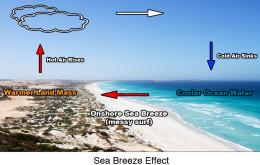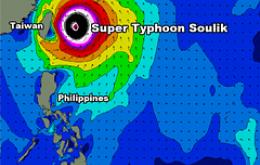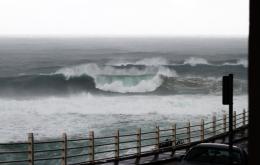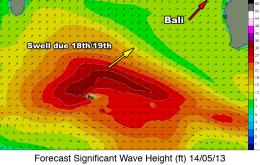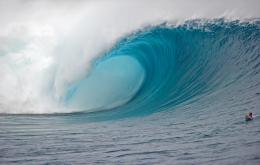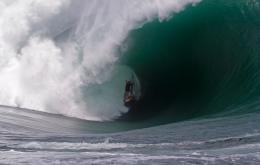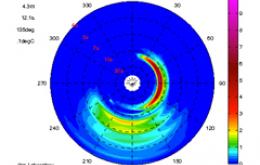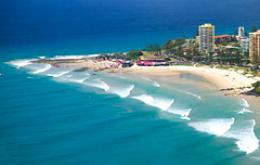Hot air and choppy surf: Making sense of the sea breeze
The all day offshore and late arvo glass off are two special phenomenas that make for magic post-lunch or after work sessions. But why are they so rare in summer and only start to show more prominently into autumn and winter?

